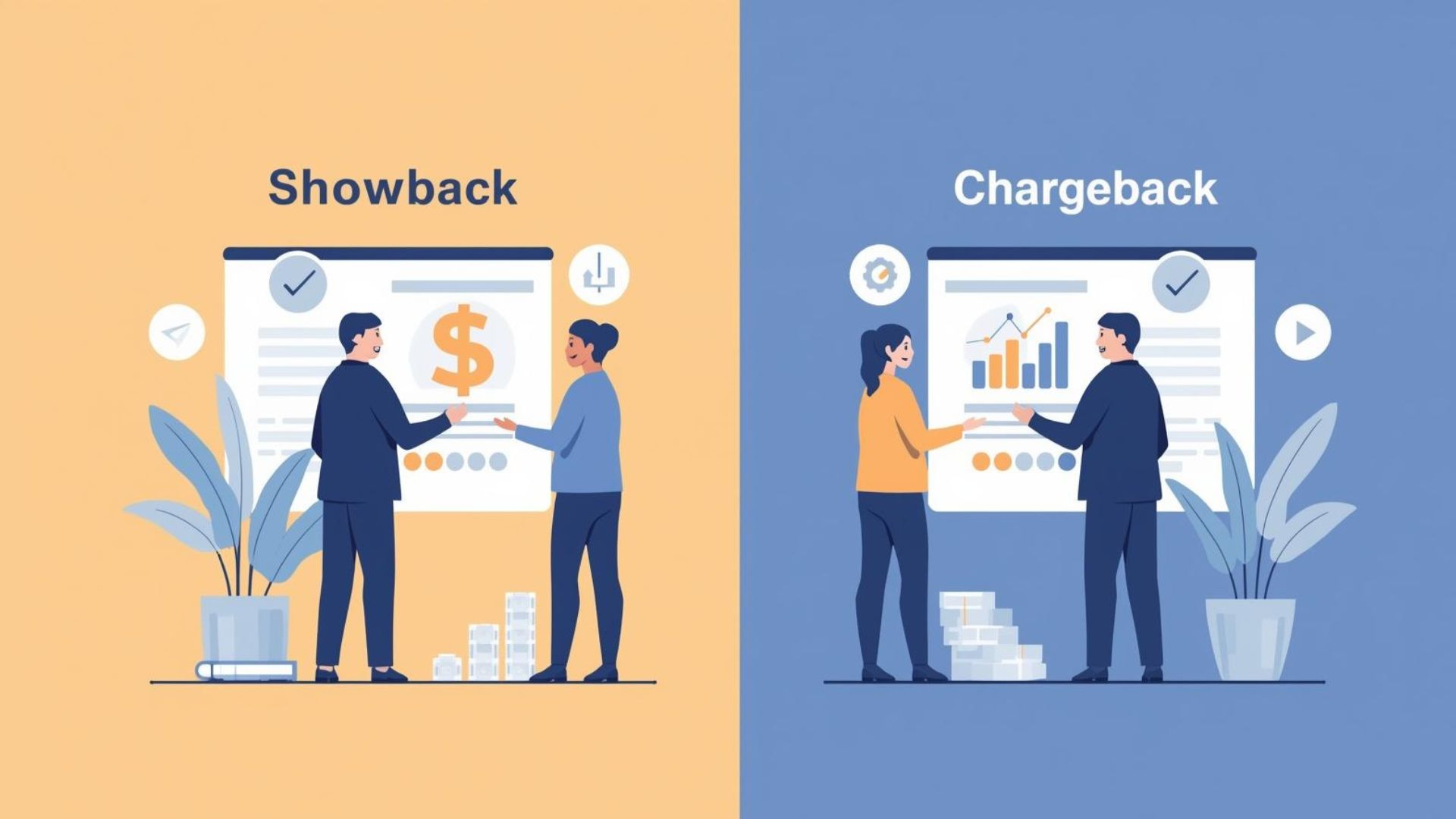Share this:
Posted in:
Capacity PlanningEliminate the need for frantic, last-minute data storage purchases. For most companies, storage spend is reactive, which isn’t economical, and is frequently accompanied by frustration and vulnerability. IT leaders are walking a fine line, trying to maintain the delicate balance between current and future strategies, the workloads and needs of their teams, and overall IT budgets. There is a better way forward. With enhanced data-driven strategies, IT leaders can make informed decisions regarding capacity planning, workload placement, and reclaiming unused storage space. Storage reporting should be simple, cost-effective, and actionable, allowing IT leaders to make more informed strategic decisions. Through balancing performance and capacity in your future storage plans, IT leaders can realize better budget utilization, enhanced data-driven strategies, and improved workload efficiency for your storage architecture teams.
Why Organizations Need Capacity Planning
In the ever-changing world of data storage, capacity planning is an essential process for determining the production capacity needed by an organization to meet changing demands for its products and services. Capacity planning decisions involve identifying both what you need and where you need it, and include:
- what type of storage is needed
- high performance/high capacity
- performance trends
- application trends
- data longevity
With budget cuts and the current worldwide pandemic, it’s more important than ever to develop an accurate budget for your future data storage plans. Don’t just look at what you spent this year or last year and put that same number in your budget for next year. IT leaders have an opportunity to spend less and improve credibility through better budget forecasting. Companies in every industry are looking for ways to keep costs down, and being able to track and plan for exactly what you need is more critical now than it ever has been.
It isn’t enough for organizations to just do capacity planning for their primary storage environments either, as there may be unidentified issues in their backup or secondary storage. There are other issues to consider as well, such as
- cost/efficiency
- cost vs. access needs
- cloud and other storage tiers
- how to handle variable capacity arrays
Shortfalls of Typical Capacity Planning
Historically, many IT leaders have done capacity planning in one of two ways. Either from a super high level or at a super detailed level. The high level is customarily accomplished by looking at the previous year’s growth and then inserting a flat number into a budget based on that historical growth. However, that number is often not representative of what you actually need. On the flip side, super detailed capacity planning is usually done at the array level. This method may work better, but it still isn’t ideal as there are many possibilities to consider.
In a typical capacity plan, an organization might set their percent of available capacity threshold to 80 percent. While that threshold looks like a horizontal line with variable capacity, it could actually be moving up or down, meeting your actual capacity. For example, an array, based on data reduction, might look from a host perspective as if it can store 400 terabytes, but that number can fluctuate over time. Without monitoring, if it was reduced to 350 terabytes, it could adversely affect an enterprise’s capacity.
Variable capacity is one reason why the best method for capacity planning is through an aggregated plan that satisfies both at the high level and also at the super detailed level with individually size model capacity plans for individual arrays. To better assist IT leaders, Visual One Intelligence® has a tool that adds these features together.
Why Location Matters
Typically, IT leaders are most comfortable with the array environment, so that is where they prefer to do capacity planning. The problem with this kind of typical capacity plan is that it doesn’t consider location and other arrays in that location. If there are five arrays in one location, suddenly, there are additional choices to make regarding where to place data. It also doesn’t consider performance, as often threshold for performance will be reached quicker than threshold for storage consumption.
Other considerations missing with typical capacity planning include:
- Array Specific – it does not consider other available solutions relating to data center, tier, or application level
- Performance Capacity – it doesn’t specify percentage of IOPS or latency
- Application Trends versus Array Trends – it doesn’t consider how application growth typically varies widely
- Type of storage needed – it doesn’t consider high performance versus high capacity
- Business Impact – with typical capacity planning, IT leaders are vulnerable to over-buying, buying the wrong things, and last-minute purchases
Visual One encourages enterprises to build capacity plans from the top down in order to better determine what applications need to be where. For example, do you need that application in your east coast production data center or west coast? By tracking the performance for all the storage arrays, Visual One allows IT leaders to set their capacity and performance thresholds, tracking how the array is growing and the levels of storage consumption.
Better Forecasting Models for your Storage Plans
IT leaders can work with Visual One to develop data-driven capacity planning and data-driven plans based on previous trends and previous storage usage. Visual One offers tools and forecasting models that account for and track changes, helping IT leaders to plan accordingly and predict when specific capacity thresholds will be reached. Working together, IT leaders are able to execute capacity planning in an organized fashion.
Visual One automates data collection of an organization’s storage and infrastructure data, capturing all the necessary data and then serving it back to a business in a format that is easier for decision making. By capturing existing growth rates and combining that data with business plans for new application workloads, IT leaders have powerful decision-making data at their fingertips.
Additionally, Visual One offers IT leaders data center views where storage trends can be viewed by tier. Most businesses have two data centers, one for production and one for secondary backup, and planning for the growth of these two centers needs to happen independently. It’s important to get the right tier for the right application, so when IT leaders can see these data center trends, it’s easier for them to plan at a higher level and then take that data down to the array level.
With a more representative forecasting model, IT leaders will know how much storage they need at each location, even at the application level, and how long it should last. Once IT leaders know their data growth for a particular data center, they can penetrate deeper, reviewing array alternatives and validating how much capacity is needed at each tier. Visual One gives clients a number of different ways to do capacity planning, from the volume level or host level, and then track it all the way up.
Manage Storage Growth
IT leaders need to be equipped with the right tools that enable data transparency. The steps IT leaders need to take if performance thresholds are reached are different than if capacity thresholds are reached, which is why both need to be tracked, and why Visual One shows both on the same chart. With Visual One, IT leaders receive a weekly AI-driven email, alerting them to any problems as well as highlighting any opportunities. Within this email, IT leaders will receive notice if performance thresholds are being met before capacity thresholds.
Visual One provides IT leaders with reporting to help them manage storage growth. These reports include:
- Growth trends over time
- by location
- by device class
- by tier
- Overall/location as well as device specific
- Performance as well as capacity
- Model assumptions to ensure you get the right amount
- Predictive forecast
Mitigate risks and vulnerability from reactionary decisions based on unreliable data. The details that appear as a result of doing capacity planning can offer further insight to IT leaders, helping them to avoid surprise purchases, plan accordingly, and get the right storage in the right place at the right time for the right price. Through improved forecasting and capacity planning, Visual One enables IT leaders to make smarter, more strategic decisions. Schedule a demo to talk to a Visual One data expert.
Key Takeaways for Storage Plans and Reports
- Storage plans and reports should be simple, cost-effective, and actionable, allowing IT leaders to make more informed strategic decisions.
- With enhanced data-driven strategies, IT leaders can make informed decisions regarding capacity planning, workload placement, and reclaiming unused storage space.
- Capacity planning can offer further insight to IT leaders, helping them avoid surprise purchases, plan accordingly, and get the right storage in the right place at the right time for the right price.
- Through improved forecasting and capacity planning, Visual One enables IT leaders to make smarter, more strategic decisions.



